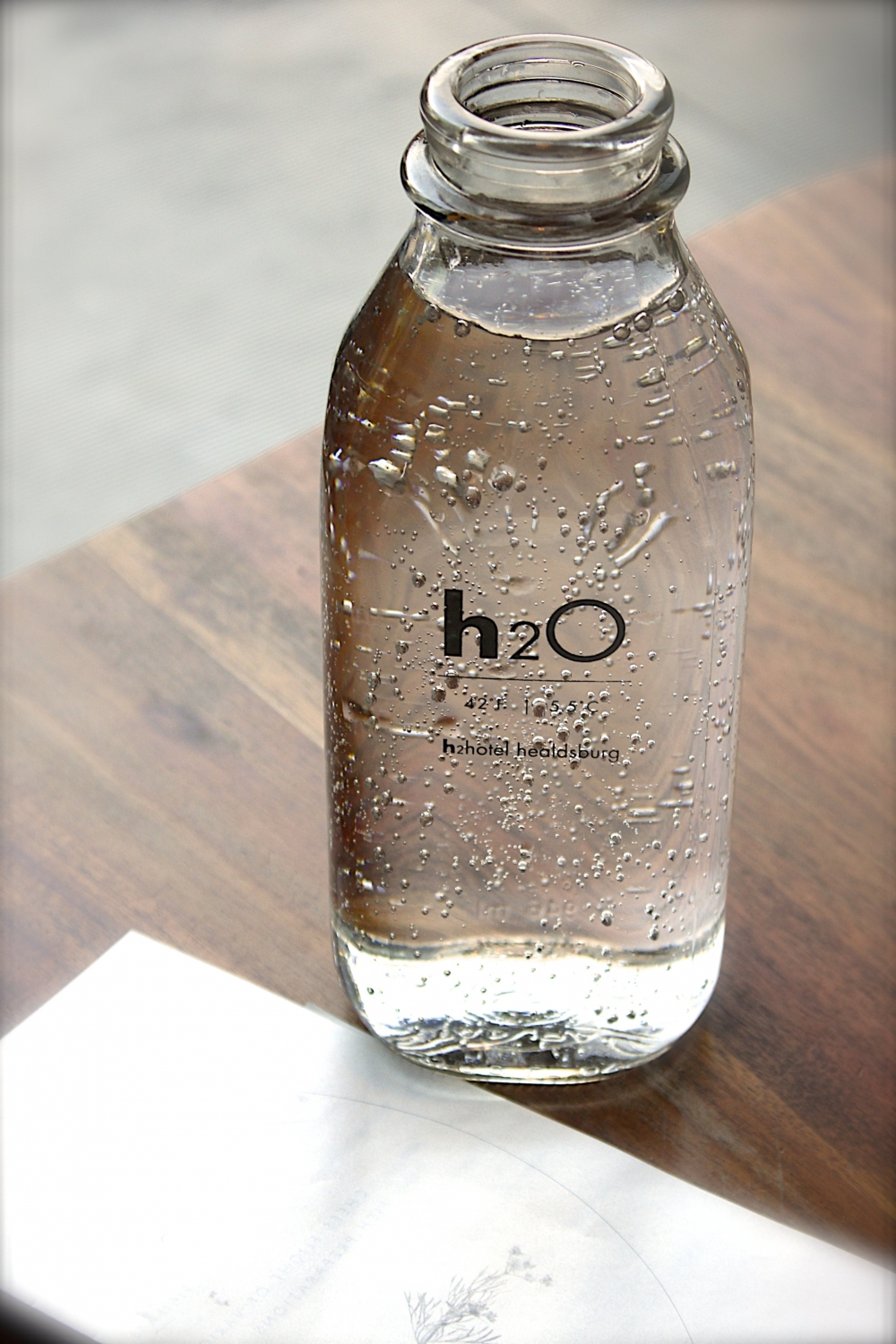At the last Direct Container Print (DCP) conference in Dusseldorf last November, Douglas Hutt of SABMiller, who was participating in a panel discussion about direct-to-container printing, commented: “Digital (printing) won’t replace any of the analogue packaging formats; it will just complement it.” Although he did go on to say that it will provide “different, better… more efficient… more effective ways to manage your brand…” and may not be as far off the mark as Thomas Watson, chairman of IBM, who remarked in 1943 that there would be “a world market for maybe five computers”, the continuous evolution of digital technology, even in direct to container printing, is likely to prove Mr Hutt wrong.
If we consider the application of ink on any substrate by an analogue system, the rate of adoption of a digital version of the system has depended on two capabilities – quality and speed – that are primarily governed by the combination of print head and ink. So where a particular application has demanded high print quality, the throughput speed has necessarily been slower; and where throughput speed has been the priority, a lower print quality has had to be acceptable.
For direct-to-container printing, however the entry level criteria are rather different. Even to be considered as a complementary technology, the print quality of a digital press has to be as good as the converter’s existing press produces, as a brand owner can’t afford to risk compromising their brand. And for digital technology to replace any of the existing analogue direct-to-container printing technologies (dry offset, flexo or silkscreen), a system has to be capable of printing at mass production speeds and to be ‘industrial grade’ (i.e. robust) to maintain that mass production speed.
In the DCP panel discussion, Mr Hutt also remarked: “It’s digital’s responsibility to push the envelope further forwards and present the complete package to the brand owners, so that they have a compelling reason to do it and no reasons to say ‘no’.”
Thanks to the combination of entrepreneurial spirit and an ongoing investment in print head and ink technology, some companies are getting close to producing ‘the complete package’ for direct-to-container printing that will compromise on neither quality nor speed. For the company that gets it right and is able to bring to market a digital technology that reliably delivers both the benefits of an analogue system (high quality images at mass production speeds and low unit costs) and those of a digital system (wider colour gamut, full personalisation and print on demand), the opportunity will be huge. By offering increased profitability and new service revenue opportunities for converters and far greater freedom of design and brand protection for brand owners, such a system will provide the compelling reason for switching to digital.
